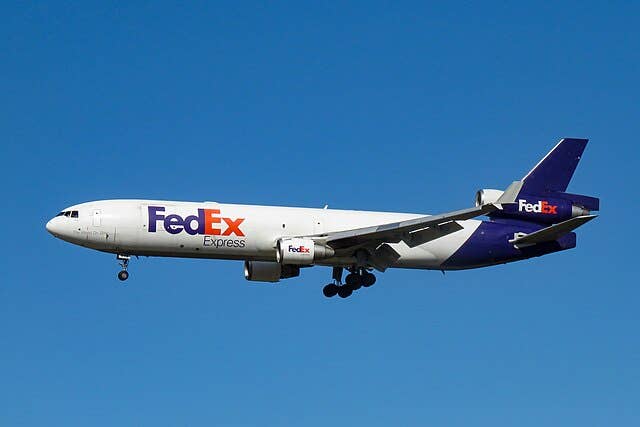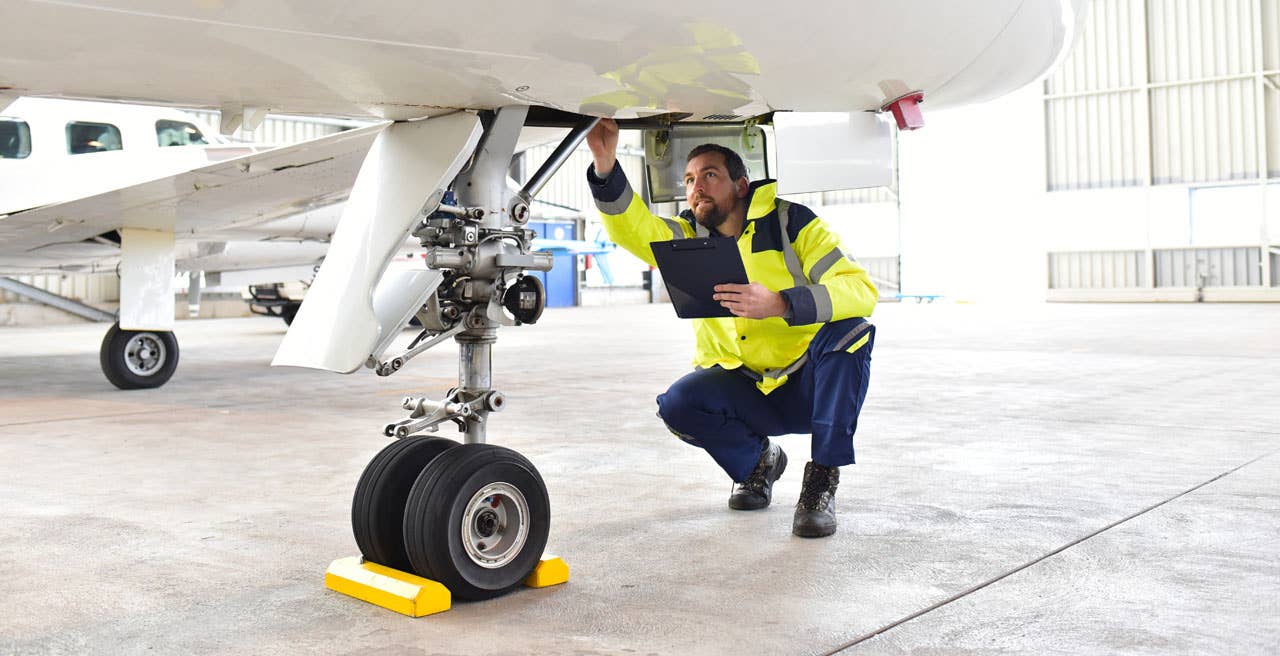Shark Skin Research Could Reduce Airplane Drag By 30 Percent
It may seem obvious that the surface of an airplane should be as smooth as possible to minimize aerodynamic drag, but that’s not really the case. A bit of roughness can break up the boundary layer and improve efficiency. Sharks, with skin formed of rough scales called denticles, can slip through the water at speeds of up to 60 mph with minimal drag. This week, The Lindbergh Foundation awarded a grant to Dr. Amy Lang, at the University of Alabama, to study whether the surface texture on the skin of fast-swimming sharks, capable of bristling their scales when in pursuit of prey, could be mimicked and used to reduce the drag on aircraft. “If we can successfully show there is a significant effect, future applications to reduce drag of aircraft and underwater vehicles could be possible,” said Lang. The technology has the potential to increase aerodynamic efficiency up to 30 percent, with savings of billions of dollars and substantial reductions in fuel burn and emissions.
 It may seem obvious that the surface of an airplane should be as smooth as possible to minimize aerodynamic drag, but that's not really the case. A bit of roughness can break up the boundary layer and improve efficiency. Sharks, with skin formed of rough scales called denticles, can slip through the water at speeds of up to 60 mph with minimal drag. This week, The Lindbergh Foundation awarded a grant to Dr. Amy Lang, at the University of Alabama, to study whether the surface texture on the skin of fast-swimming sharks, capable of bristling their scales when in pursuit of prey, could be mimicked and used to reduce the drag on aircraft. "If we can successfully show there is a significant effect, future applications to reduce drag of aircraft and underwater vehicles could be possible," said Lang. The technology has the potential to increase aerodynamic efficiency up to 30 percent, with savings of billions of dollars and substantial reductions in fuel burn and emissions.
It may seem obvious that the surface of an airplane should be as smooth as possible to minimize aerodynamic drag, but that's not really the case. A bit of roughness can break up the boundary layer and improve efficiency. Sharks, with skin formed of rough scales called denticles, can slip through the water at speeds of up to 60 mph with minimal drag. This week, The Lindbergh Foundation awarded a grant to Dr. Amy Lang, at the University of Alabama, to study whether the surface texture on the skin of fast-swimming sharks, capable of bristling their scales when in pursuit of prey, could be mimicked and used to reduce the drag on aircraft. "If we can successfully show there is a significant effect, future applications to reduce drag of aircraft and underwater vehicles could be possible," said Lang. The technology has the potential to increase aerodynamic efficiency up to 30 percent, with savings of billions of dollars and substantial reductions in fuel burn and emissions.
Dr. Lang will perform water-tunnel experiments to measure the flow over and within a bristled sharkskin model (2 cm size scales), which achieves similarity with real sharkskin (0.2 mm size scales) by a corresponding scale down in velocity of the experiments. She will also obtain drag measurements over a sharkskin model in a Couette flow facility containing high-viscosity oil. Her work is also supported by the National Science Foundation.






